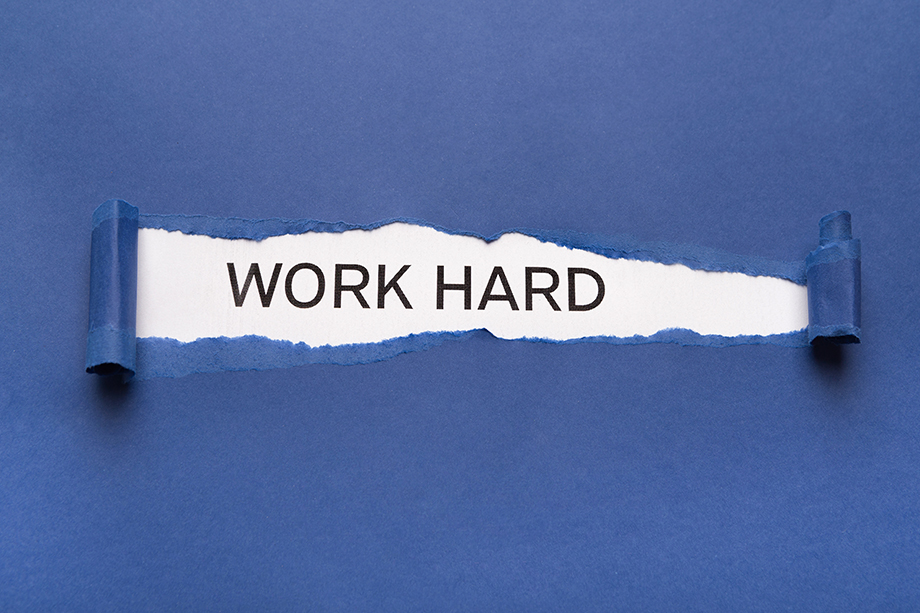The new rules of money have changed; have you?
Here’s something that might surprise you: the gig economy is exploding from $582.2 billion in 2025 to a projected $2.18 trillion by 2034, with 64 million Americans now doing some form of freelance work. That’s not just a trend—that’s a complete transformation of how we work and, more importantly, how we can build wealth.
But here’s the problem: most people in the gig economy are making the same mistake that keeps employees poor. They’re trading time for money, just without the benefits.
At Rich Dad, we’ve been teaching people to break free from the time-for-money trap for decades. And now, with the gig economy boom, there’s an unprecedented opportunity for smart freelancers to build real wealth faster than their traditionally employed friends. But only if they understand the real game being played.
Why most gig workers stay poor (and how you can be different)
Here’s a story about Sarah. She’s a graphic designer who left her corporate job three years ago to freelance. She makes $80,000 a year—more than she ever made as an employee. She loves the freedom, the flexibility, and being her own boss.
But Sarah has a problem she doesn’t even realize: she’s trapped in the S quadrant of our Cash Flow Quadrant. She’s self-employed, which means if she doesn’t work, she doesn’t get paid. She’s bought herself a job, not built a business.
The gig economy will be “exciting but chaotic” as freelancers face income fluctuations and the need to continuously adapt. Most gig workers never make the leap from the S quadrant to the B (Business) and I (Investor) quadrants where real wealth is built.
But the smart ones? They’re using their gig income as a stepping stone to something much bigger.
The gig economy advantage: Why freelancers can build wealth faster
Here’s what most financial “experts” won’t tell you about gig work: it’s actually the perfect training ground for investors and business builders. Why? Because successful gig workers already understand three crucial wealth-building principles:
- Multiple income streams
47% of freelancers provided knowledge services such as computer programming, marketing, IT, and business consulting in 2023. Smart gig workers don’t rely on one client—they diversify. This is exactly the mindset you need for building investment portfolios and multiple assets. - Cash flow management
Unlike employees who get steady paychecks, gig workers learn to manage irregular income. This skill is essential for real estate investing, where rental income can vary, or for business investing, where profits fluctuate. - Risk tolerance
Every time you take on a new client or project, you’re taking a calculated risk. This comfort with risk—when properly managed—is what separates investors from savers.
The problem is, most gig workers stop there. They never leverage these skills to build real assets.
The Rich Dad approach to gig economy investing
At Rich Dad, we teach that there are only two types of people in this world: those who buy assets and those who buy liabilities. Most gig workers, despite earning good money, are still buying liabilities—fancy cars, bigger apartments, the latest tech gear to “invest in their business.”
The wealthy gig workers? They’re using their flexible income and entrepreneurial skills to acquire assets that put money in their pockets every month, whether they work or not.
Strategy #1: Turn your gig skills into scalable assets
Remember, the goal isn’t to be a better freelancer—it’s to use freelancing as a stepping stone to build assets. The gig economy’s rapid growth presents a compelling case for strategic allocation, but not how most people think.
Instead of just selling your time, start building systems that can generate income without your direct involvement:
- Create information products
Turn your expertise into online courses, ebooks, or digital templates that sell while you sleep - Build a service business
Hire other freelancers to deliver services under your brand Develop Software or Apps: Use your industry knowledge to create tools that solve problems for other gig workers
The key is moving from doing the work to owning the system that does the work. This is how you transition from the S quadrant to the B quadrant.
Strategy #2: Use variable income as an investment advantage
Most financial advisors tell people with irregular income to be conservative. At Rich Dad, we teach the opposite. Your variable income is actually an investment superpower—if you know how to use it.
When you have a great month, instead of lifestyle inflation, plow that extra money into income producing assets:
- Real estate
Use high-income months to save for down payments on rental properties Dividend Stocks: Invest in companies that pay you every quarter, creating passive income - REITs
Real Estate Investment Trusts that pay high dividends without the headache of being a landlord - Business investments
Partner with or invest in other people’s businesses
The wealthy understand that money should work as hard as you do. Every dollar you earn from gig work should be put to work earning more dollars.
Strategy #3: Leverage the gig economy boom for investment opportunities
The gig economy is projected to expand from $8.39 billion in 2025 to $16.89 billion by 2029 at a 19.1% annual growth rate. Smart investors don’t just participate in trends—they invest in them.
Consider these gig economy investment opportunities:
- Gig economy stocks
Companies like Uber, DoorDash, Fiverr, and Upwork that facilitate gig work - Real estate in gig-friendly markets
Florida has the highest concentration of gig workers at 22%, followed by California at 20%. These markets may see increased demand for flexible housing - Co-working spaces
As more people work independently, shared workspace demand grows Technology Enablers: Companies providing tools and services to gig workers
The cash flow strategy for gig workers
Here’s the system that wealthy gig workers use to build assets systematically:
The 50/30/20 Gig Rule
- 50% for expenses (keep this as low as possible)
- 30% for asset acquisition (real estate, stocks, business investments)
- 20% for emergency fund and opportunity fund
Most financial advisors would flip those percentages, telling you to save 20% and spend 80%. But that’s employee thinking. Entrepreneurs and investors know that your money should be working, not sitting in low-interest savings accounts.
Building your freedom fund
Your goal isn’t retirement at 65—it’s financial freedom as soon as possible. Calculate how much passive income you need to cover your basic expenses. For most people, that’s between $3,000-$7,000 per month.
If you can build assets that generate that much passive income, you’ve achieved what Rich Dad calls “financial freedom.” You can still work if you want to, but you don’t have to.
Case study: From freelance writer to real estate investor
Here’s another story about Marcus, a freelance copywriter who attended one of our Rich Dad investing seminars. When he started, Marcus was making $60,000 a year as a freelancer, working 50+ hours a week, and had no assets except his laptop.
Using Rich Dad principles, Marcus did three things:
- Systemized his freelance business
He hired other writers and became the manager, not just the worker - Invested in real estate
Used his irregular but high income to buy small rental properties - Created passive income streams
Developed online courses teaching copywriting
Three years later, Marcus owns four rental properties generating $3,200 per month in passive income, his copywriting agency runs mostly without him, and his online courses bring in another $2,000 monthly.
Total time spent on active work? About 20 hours per week. The rest is passive income from assets he built using gig economy principles.
The technology multiplier effect
AI and automation have paradoxically empowered freelancers by streamlining workflows, with 84% of skilled freelancers reporting increased efficiency from AI. Smart gig workers aren’t afraid of technology—they’re using it to multiply their efforts.
Use AI and automation to:
- Handle routine client communications
- Automate invoicing and payment collection
- Create content faster and more efficiently
- Analyze investment opportunities
The goal is always the same: spend less time working and more time building assets.
Your Rich Dad gig economy action plan
- Audit your current situation
Are you in the E, S, B, or I quadrant? Most gig workers are stuck in S. - Calculate your numbers
How much passive income do you need for financial freedom? What assets could generate that income? - Start your asset acquisition
Begin with one asset class—real estate, stocks, or business investment. - Systemize your gig work
Move from doing all the work to managing systems that do the work. - Reinvest everything
Every extra dollar should go toward assets, not lifestyle inflation. - Learn Continuously
Join the Rich Dad Community and keep educating yourself about money and investing.
The bottom line: Your gig economy future
Freelancers contributed $1.27 trillion to the U.S. economy in 2023. That’s a massive wealth transfer happening right now. The question is: are you just participating in it, or are you positioning yourself to benefit from it?
The gig economy isn’t going away. More than one-third of the U.S. workforce is now engaged in some form of gig work, projected to rise to half by 2025. But most of these people will remain trapped in the time-for-money cycle their entire lives.
The smart ones—the ones applying Rich Dad principles—will use the gig economy as a launching pad to build real wealth, create passive income streams, and achieve financial freedom years ahead of their traditionally employed peers.
The choice is yours. You can stay a gig worker forever, or you can become a gig economy investor.
Which will you choose?







